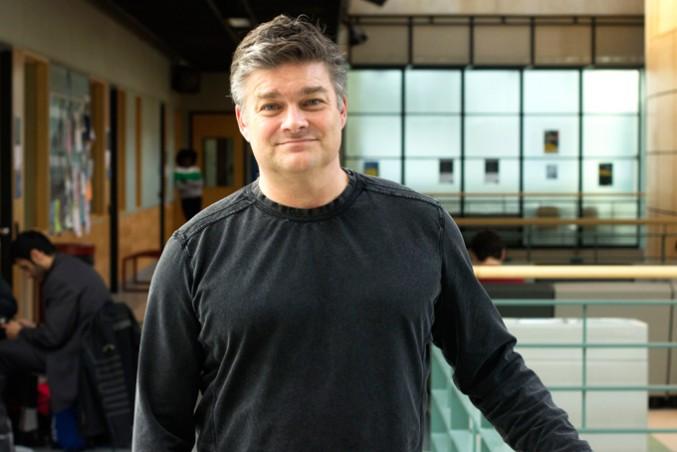By Noushin Ziafati
A duo of Ryerson professors are using computer games and in-class activities to try and teach students about how to start and maintain businesses.
Robert Clapperton, along with collaborator Matthew Tiessen, have developed a simulation game called the Global Social Innovation Game (GSIG), which will teach high school students in grades 11 and 12 how to start businesses that will work to solve social problems instead of simply making money.
“It’s a simulation because in reality, to expect high school students to start a business is not necessarily realistic but it’ll be as real a feeling for them as possible,” Clapperton said.
The GSIG will be piloted in February 2016 as a six-week extracurricular activity, which interested high-school students can volunteer to participate in. The game is 50 per cent computer-based and the other half requires students to engage with in-person interactions between classmates and teachers.
Students will create risk-free businesses and will aim to address the United Nations Millennium Development Goals, including poverty alleviation, education and sustainability.
Clapperton approached Me to We, a for-profit social enterprise, with the game. They are now working together on the GSIG project to create a curriculum for high school students that will get them involved with social activism and entrepreneurship for longer periods of time, as opposed to single day events such as We Day celebrations.
The GSIG project was funded by Ryerson’s RECODE, an initiative based around fuelling social innovation and encouraging students to become social entrepreneurs. RECODE had a grant competition, which Clapperton and Tiessen applied to last year. Once their proposal for the GSIG got approved, they started building the game.
The project is inspired by Clapperton’s work at Ryerson as a professional communication professor. This fall, he introduced similar simulations to his students at Ryerson in CMN279, an introduction to professional communication course.
“The simulation version that we developed is where the students don’t go to any classrooms, it’s purely digital and there’s no syllabus, there [are] no modules, there [are] no lessons,” he said.
“They join a fictitious communications consulting company and they get put on client teams and they work on projects with real clients. So they work through a series of projects, and in those projects, they learn everything that they learn in a communications course but by practicing it and doing it.”
Clapperton hopes this simulation-based form of teaching will appeal to students that want to learn things they can directly translate to the real world in the future.
“It’s the most fun way to teach. You can’t beat it,” he said. “For the courses and for the game, I’m really looking forward to seeing what kind of ideas come out of the students.”











Leave a Reply